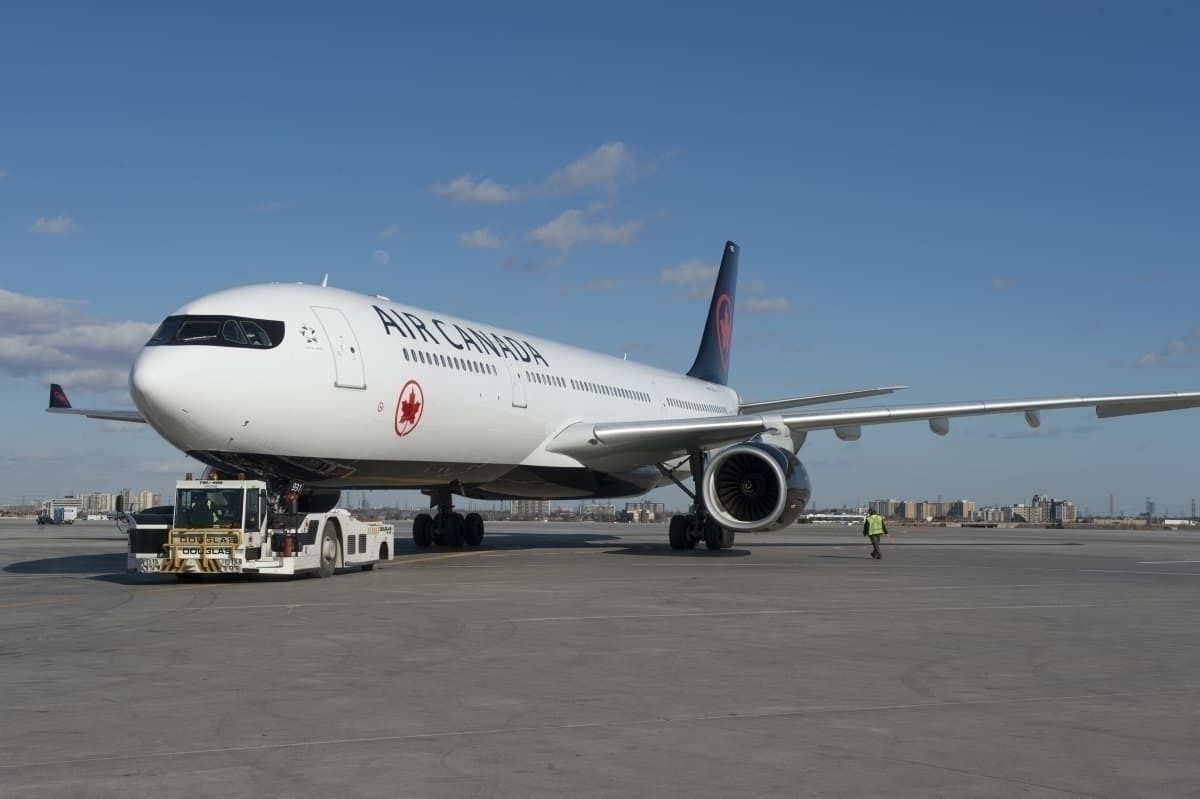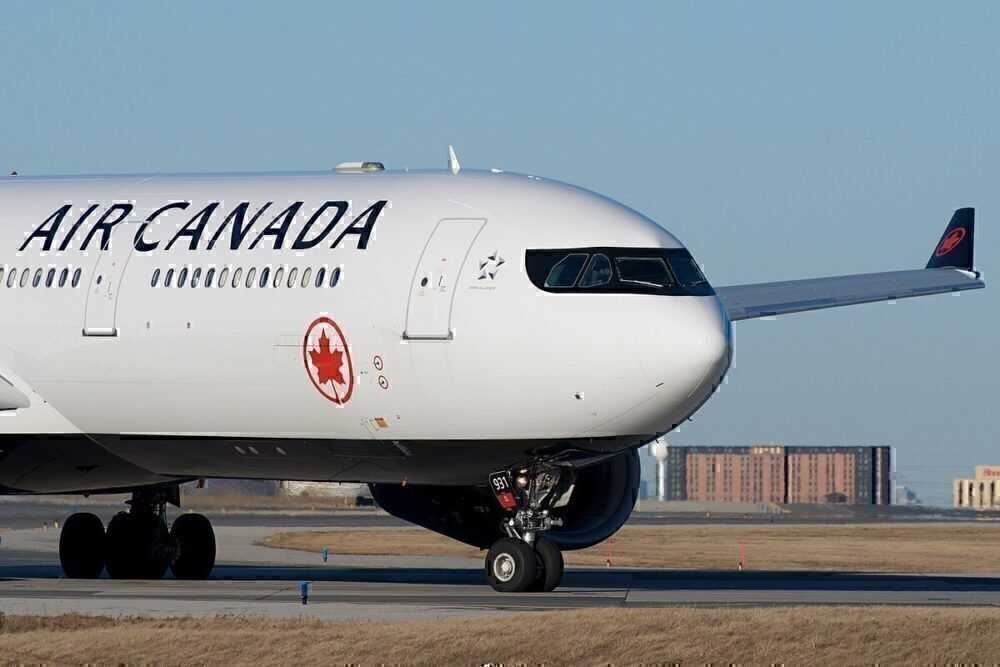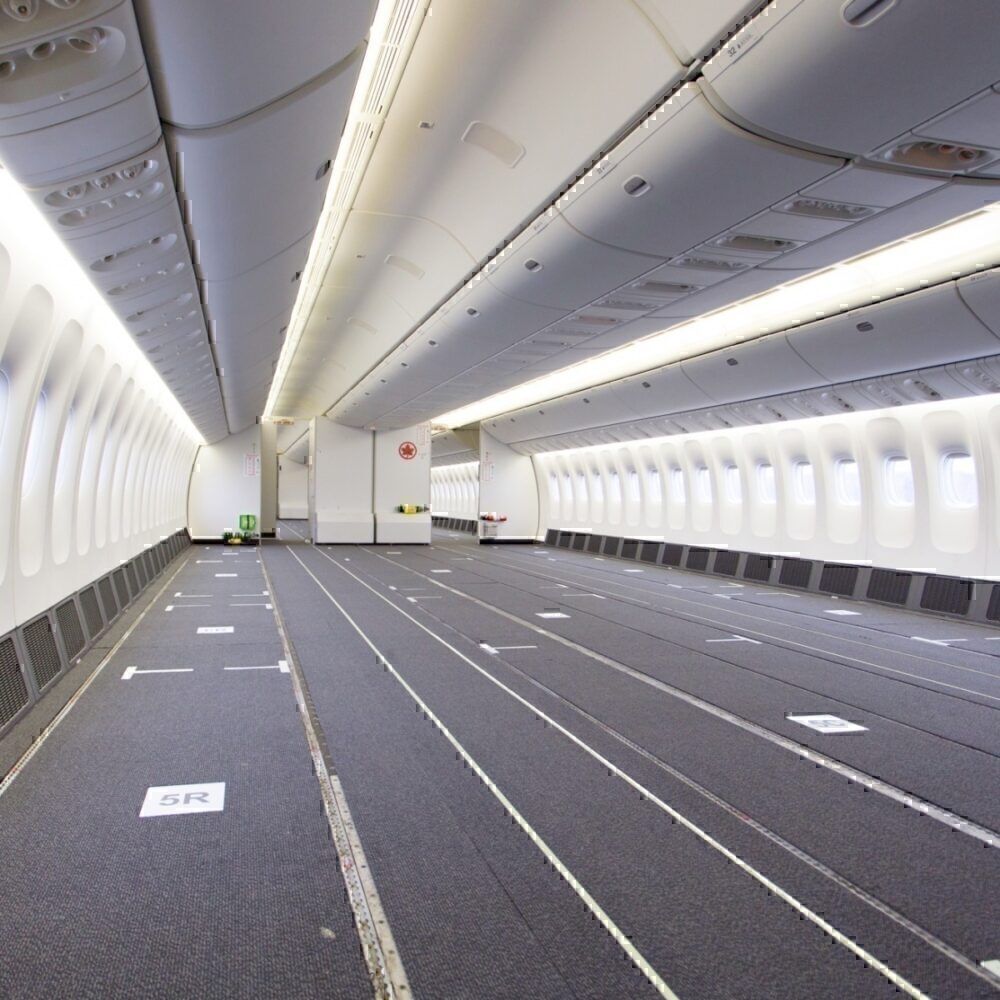**UPDATE: 10/05/2020 @19:54 UTC - Air Canada has responded to Simple Flying with a comment on the project. Details of the conversion have also been updated from four A330s to three.**
Air Canada has completed work on the first of three A330s that will be used to carry cargo. The airline posted the update on its Twitter on 7th May and said that the aircraft would be used to transport PPE.
Air Canada converts A330s for freight
Earlier in April, we reported that Air Canada was in the process of transforming a portion of its Boeing 777-300ER fleet for cargo purposes. At the time, the Canadian carrier had revamped one of three 777s with a turnaround of six days for the remaining two.Â
With the success and growing demand for more cargo flights from Air Canada, the airline is turning its attention to another part of its fleet.
On Thursday 7th May, Air Canada announced via Twitter that it had completed conversions on its first A330-300. The airline will use the aircraft for the same purpose as the airline's Boeing 777-300ER freighter conversions. It will carry personal protective equipment (PPE) like face masks and gloves but will obviously be able to carry other cargo as well.
The airline told Simple Flying:
"[The aircraft are registered] C-GEFA, C-GEGC, C-GEGI. They will be flying Toronto-Amsterdam, Toronto-Copenhagen, Montreal-London and Montreal-Tel Aviv at the moment."
How will the aircraft be used?
Air Canada's latest conversion is just one of many that it plans to undertake. It has another two A330-300s to convert and, if its Boeing 777 conversion is anything to go on, we could be seeing those changes very soon.
Speaking in a press release about his airline's cargo missions, Tim Strauss, Vice President of Cargo at Air Canada said:
"...with the disruption arising from the COVID-19 pandemic, our capabilities are more important than ever. Although we have announced very significant temporary capacity reductions [...], Air Canada's aircraft and our expertise in handling cargo are valuable assets that we can use to move medical supplies and other essential goods to keep the world economy going. We have already begun flights to Europe, and we are planning to expand this program to Latin America and South America, as well as within Canada, including remote communities using Air Canada Express aircraft."
While Air Canada's A330 conversion will not be like a genuine freighter transformation, it will allow for a lot more space. The aircraft seats will be removed to provide more flexibility for loading cargo, and nets are also likely to be fitted, as in the Boeing 777 conversion.
The A330-300 compared to the 777-300ER
From a passenger perspective, the A330-300 has a few similarities to the B777-300ER in terms of capability and performance. However, there are some noticeable differences in its freighter capacity. For one, the A330-300 is smaller than the 777-300ER in terms of length, and has fewer seats, meaning that it would not be able to transport as much cargo. The A330 also has a shorter range by some 4,100km. So, why choose it as a freighter option?
On 21st April, Lufthansa also converted four of its A330 aircraft. According to its cargo website, the aircraft should be able to take around 37,985lb of cargo. That's the equivalent to over one and a half million face masks. In comparison, Business Insider reports that the 777-300ER can take 198,416lb of cargo or the equivalent of nine million face masks.
Is the A330-300 the right choice for this additional cargo conversion? Let us know your thoughts on this story in the comments.



